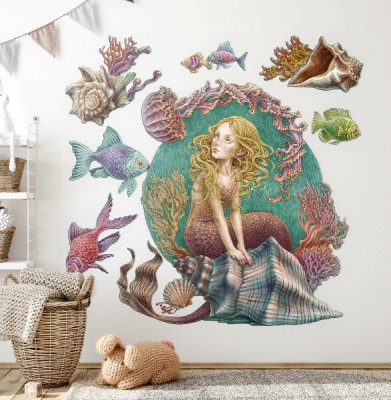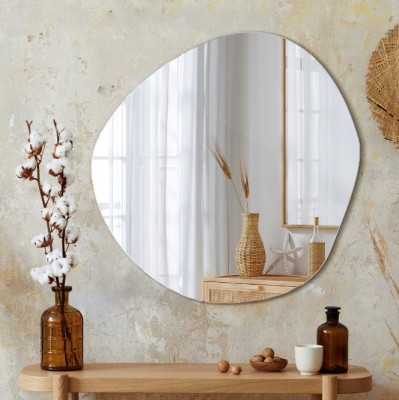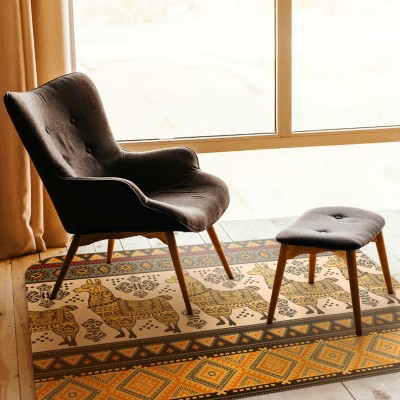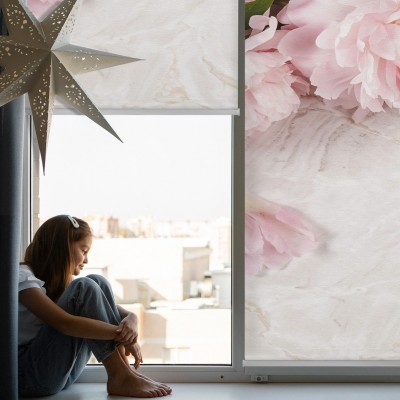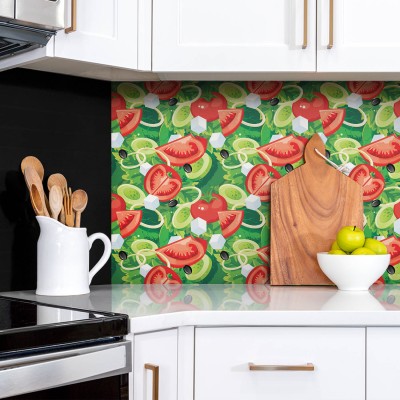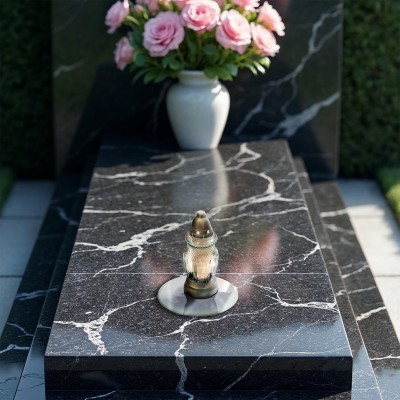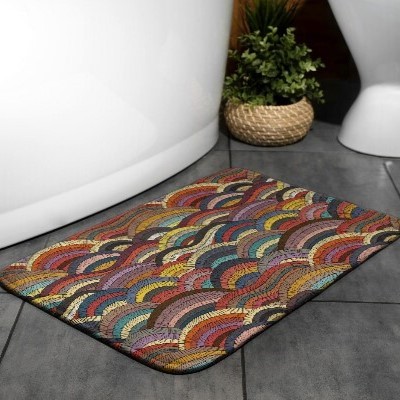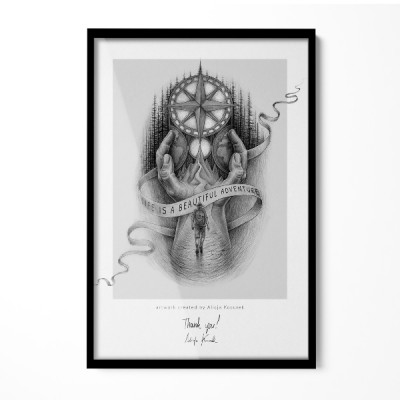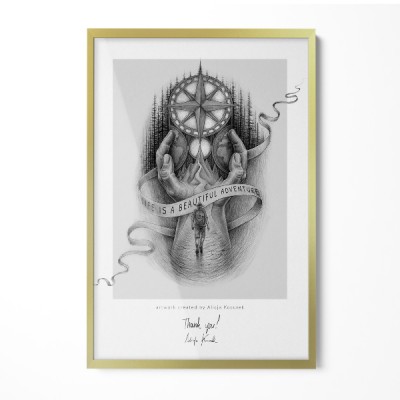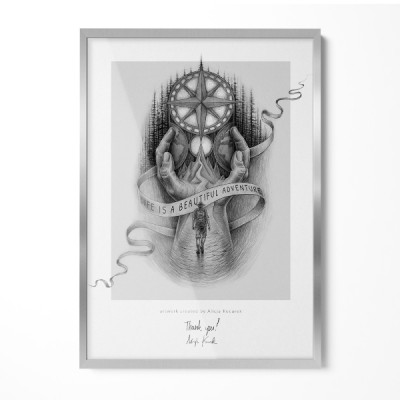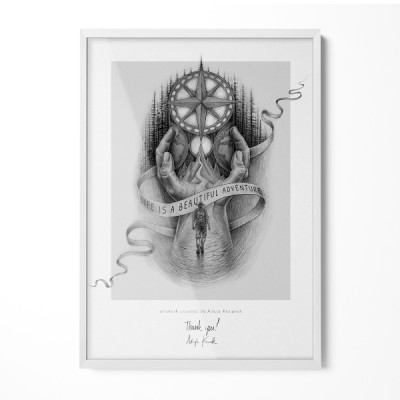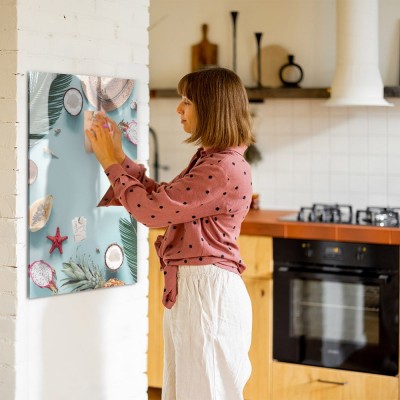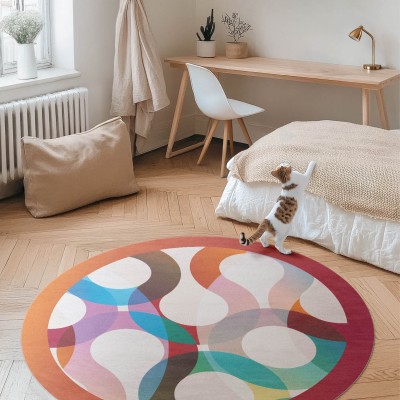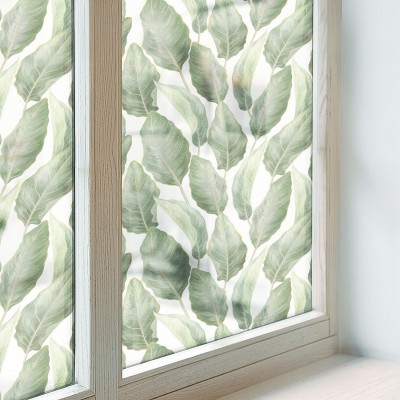One of the most influential French painters of the 20th century, Henri Matisse, is called one of the founders of modern art. Born in 1869, Matisse was a gifted young boy who, at the age of 13, was admitted to the prestigious École des Beaux-Arts in Paris. He studied there for five years before moving to London and then settling in Nice, where he lived until the end of his life. The artist's work is characterized by a bold use of color and simple forms, which are often reduced to several shapes or lines. He also experimented with new techniques such as collage, cutouts, and carving to create new visuals. Do you want to know more about him? Here are 6 things you should know about this amazing artist.
The leader of Fauvism
Fauvism was an independent art movement founded at Salon d'Automne in Paris in October 1905. It was a short-lived artistic movement, and was partly the result of groups formed by the artists themselves. It began with a controversial art exhibition by Matissa, Albert Marquet, Vlaminck, Derain and Kees van Dongen. The bright and pure colors that the artists had thickly applied to the canvas turned out to be outrageous. Henri Matisse became the leader of the group thanks to his work "The Woman in the Hat", which at the time was considered outrageous.
The term fauvism is derived from the word "fauve", which means "wild beast." The style is characterized by bright, contrasting colors and bold brush strokes. Fauvism became the basis for the emergence of contemporary art movements such as expressionism, cubism, and surrealism.
A true traveler
Henri loved to travel! The new place was his source of inspiration. He found new light and spaces there, which later became part of his works. He used to bring souvenirs, sketches and photos from his travels, so that he would remember all the places well. He started his travels in France, where he visited, for example, Nice and Paris, then he admired, among others, Corsica, England, Morocco and Algeria.

Collage precursor
Due to his health condition, Henri Matisse had to give up normal painting - colon cancer prevented him from moving out of bed. However, he did not stop creating works! He invented the technique of 'gouache découpée (the technique of cutting out paper collages). What was the process of "painting" such a picture? Matisse lay in bed and cut various figures out of sheets of paper painted in gouache, then his assistants pasted them on the canvas according to his instructions. His most popular works with this technique are Jazz (1947), La Tristesse du roi (1952) and The Snail (1953).
Henri Matisse - works and the most famous works
Henri Matisse's paintings are among the most expensive paintings ever sold in the world. They can be admired in private galleries and museums around the world. One of the most famous works of Matisse is the painting "Dance", painted in 1910 at the special request of the Russian art collector Sergey Shchukin. Matisse's paintings that are also worth knowing are: "Joy of Life" (1906), "Red Studio" (1911), "Open Window" (1905), Woman in a Purple Coat (1937). You can also have his paintings in your home in the form of reproduction.

Musée Matisse - admire the works of Henri Matisse up close
Matisse's deep attachment to charming Nice resulted in the creation of a museum in his name there. The villa Garin de Cocconato, which was located near the residence of Matisse himself, was chosen as its seat. It was ideal for exhibiting the painter's works which the artist himself, and then his heirs, passed on to the city. The first opening took place on January 5, 1963 and you can admire the work of Matisse there to this day.
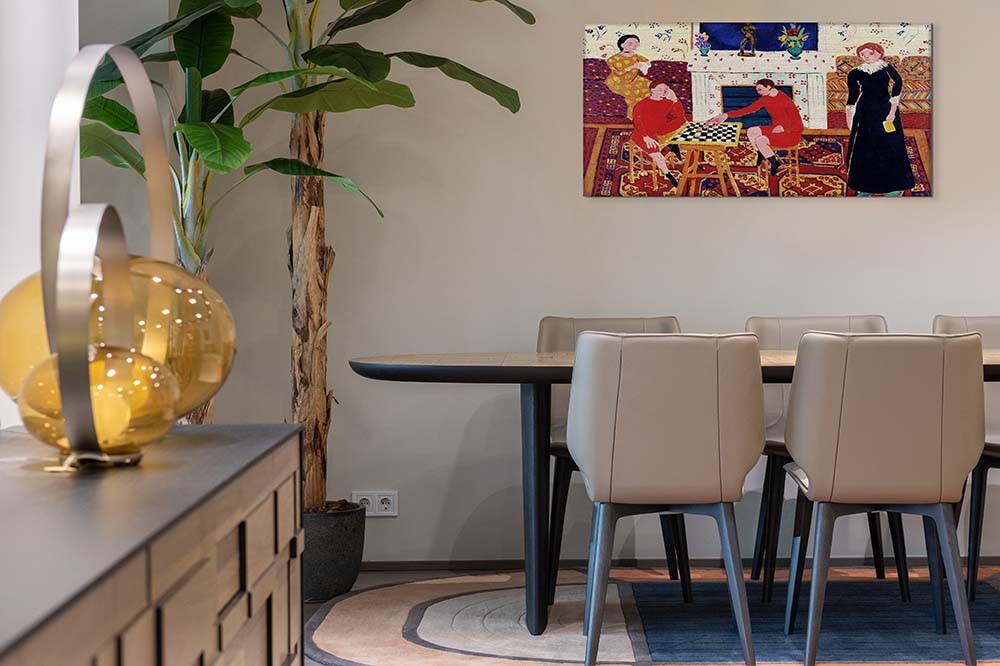
From generation to generation - Pierre Matisse's son follows in his father's footsteps
Henri Matisse also passed on his love for art to his sons. He had three of them - two of them chose to follow in his father's footsteps. The youngest (born 1900) stood out the most. His son Pierre Matisse was a famous art dealer. At the age of 31, at the urging of his father, he opened a gallery in New York, where he dealt with art for the next 65 years. In his gallery he exhibited the works of his father and many other contemporary artists, including: Alexander Calder, Marc Chagall, François Rouan, Roberto Matt, Georges Rouault, André Derain. His commitment to the development of art has made him considered one of the most important figures who contributed to the flourishing of modern art.


